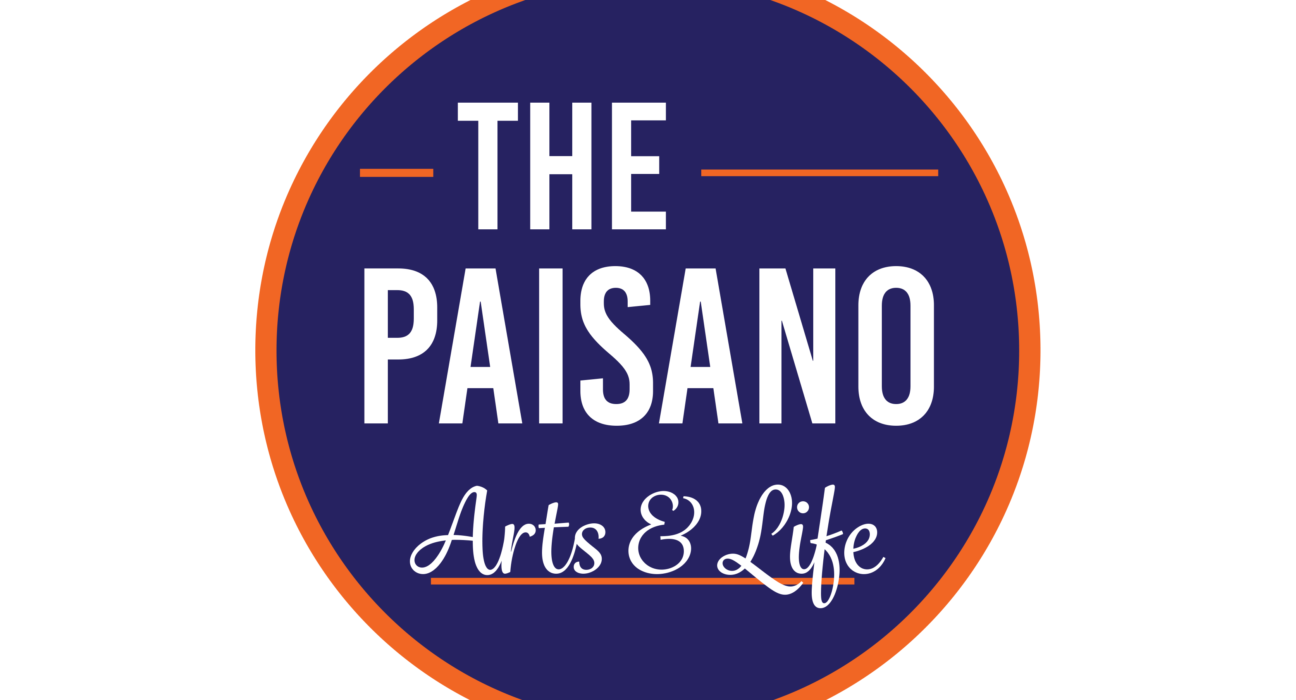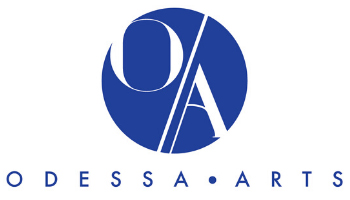November is Native American Heritage Month, and a great way to honor Indigenous peoples and learn more about their history is through music. Below, we highlight some fantastic musicians to listen to this November and for the rest of the year. These artists mostly reside within the folk, indie, rock and singer-songwriter genres, and they are also from the Americas. We do not intend to discredit the immense talent of Indigenous artists from other genres and other places around the world, but articles can only be so long. Without further ado, here are eight Indigenous artists to listen to this Native American Heritage Month.
Although information about Dalton’s life is hard to piece together because of her struggles with poverty and addiction, it is known that she was raised in Oklahoma and was half-Cherokee. Dalton was a blues and folk singer, guitarist and banjo player and part of the early 1960s Greenwich Village folk music scene, which included such notable figures as Fred Neil and Bob Dylan. Dalton’s music mainly consists of reworked covers of old blues songs, and some of her best work is found on her album “In My Own Time.” Although she reached no critical acclaim during her lifetime, many notable musicians now cite her, and a documentary about her life and work was released in 2020.
Zaragoza is a singer-songwriter who was born in Manhattan but is now based in LA. Her mother is an immigrant from Japan and her father is of Mexican and O’odham heritage. Her great-grandmother was adopted out of her tribe as a child and forced to assimilate. Zaragoza’s music speaks about social justice, with her song “In The River,” which was made out of protest to the Dakota Access Pipeline, receiving multiple awards. Her other works cover topics involving her experiences as a woman of color, the NoDAPL movement and Donald Trump’s election. Her newest album, “Hold That Spirit,” was released this year.
Despite his musical career spanning only four years, Hendrix is well known as the greatest and one of the most influential electric guitarists in rock and roll history. Hendrix had African-American and Irish roots, as well as Cherokee ancestry from his grandmother. His Cherokee heritage played a huge role in his songwriting and fashion sense. According to his sister, Janie, this is apparent through his love of suede, velvet and lots of color. Outfits that showcase Hendrix’s style can be found in the concert films “Monterey Pop” and “Woodstock.”
Katherine Paul, who has made two albums under the name “Black Belt Eagle Scout,” is a Swinomish and Iñupiaq singer-songwriter and multi-instrumentalist based in Portland, Oregon. Her music is influenced by her connections with nature despite the colonial violence and pain that has shaped our modern world. Her newest album, “The Land, The Water, The Sky,” was released this year and celebrates Paul’s lineage and strength. We also recommend checking out her 2018 album “Mother of My Children,” specifically the song “Soft Stud,” whose soft lyrics build up to a phenomenal guitar solo.
Havens was a singer-songwriter and guitarist, encompassing folk, soul and blues. His father’s side of the family was Blackfoot of the Montana and South Dakota area, and his grandfather and great-uncle joined Buffalo Bill’s Wild West Show and then moved to the Shinnecock Reservation on Long Island. Havens gained fame after his opening act at Woodstock, where he played a nearly 50-minute set, stalling because the following band was late. Afterward, Havens began acting and continued singing and performing until his death in 2013. The 1972 album “Live At The Cellar Door and at the Santa Monica Civic Auditorium” includes some of his covers and originals, showcasing why he is a folk icon.
Hataaliinez Wheeler released his first album at 16. He grew up in Window Rock, Arizona on the Navajo Nation, and his newest album, “Singing into Darkness,” was released in 2023. Hataalii means “to sing” in Navajo, and Wheeler’s crooning vocals in English and Navajo are truly captivating, reminiscent of artists like Leonard Cohen, Mac Demarco and Ty Segall. His guitar style is a mix of indie and surf, and his eclectic instrumentals call back to the avant-garde style of The Velvet Underground.
Niquay is an Atikamekw grunge-folk singer-songwriter from the Indigenous community of Wemotaci, Canada. Her first album, “Waratanak,” was released in 2018, followed by “Waska Matisiwin” in 2021. “Waska Matisiwin” translates to “circle of life,” and Niquay meticulously researched the Atikamekw language used in her music. According to an interview with Words and Music, Niquay considers herself a messenger and reflects on topics like mourning, suicide and family in Atikamekw. Singing about these themes in her native language is critical because “I have nephews and nieces who live in the city, and who are slowly losing the use of our language, and this affects me a lot. It’s important for me to sing properly in our language.” In 2022, Niquay won the Félix Award for Indigenous Artist of the Year and “Waska Matisiwin” won Indigenous Language Album of the Year.
Sainte-Marie is a singer-songwriter and activist, and her work focuses on the issues faced by Indigenous peoples in America and Canada. In 1964, Sainte-Marie visited the Piapot Cree reserve and was adopted, in a Cree Nation context, by Chief Piapot, Emile Piapot and his wife, Starblanket Piapot, who contributed to Sainte-Marie’s Native American culture and values. Sainte-Marie’s music often concerns Indigenous peoples, which can be seen in songs like “Now That The Buffalo’s Gone” and “My Country ‘Tis of The People You’re Dying.” She is cited as an influence for many musicians, including some on this list. She is known for the years she appeared on “Sesame Street” wearing traditional dress, and in 1997 she founded the Cradleboard Teaching Project, an educational curriculum to help people better understand Native Americans. Lately, investigations have said that Sainte-Marie may not be Indigenous. Read more about what this might mean for Canada’s Indigenous community in the Washington Post’s article titled “Canada’s most prominent Indigenous icon might not be Indigenous.”
If you do not vibe with any of these artists, there are so many more Indigenous musicians just waiting to be heard by you. A great start to diversifying your music taste is to explore playlists on Spotify or other music streaming services, and do research on the artists you love. Music is a reflection of the creator’s culture and community, and it provides a voice to speak out, so let Native American Heritage Month push you to celebrate Indigenous cultures.








